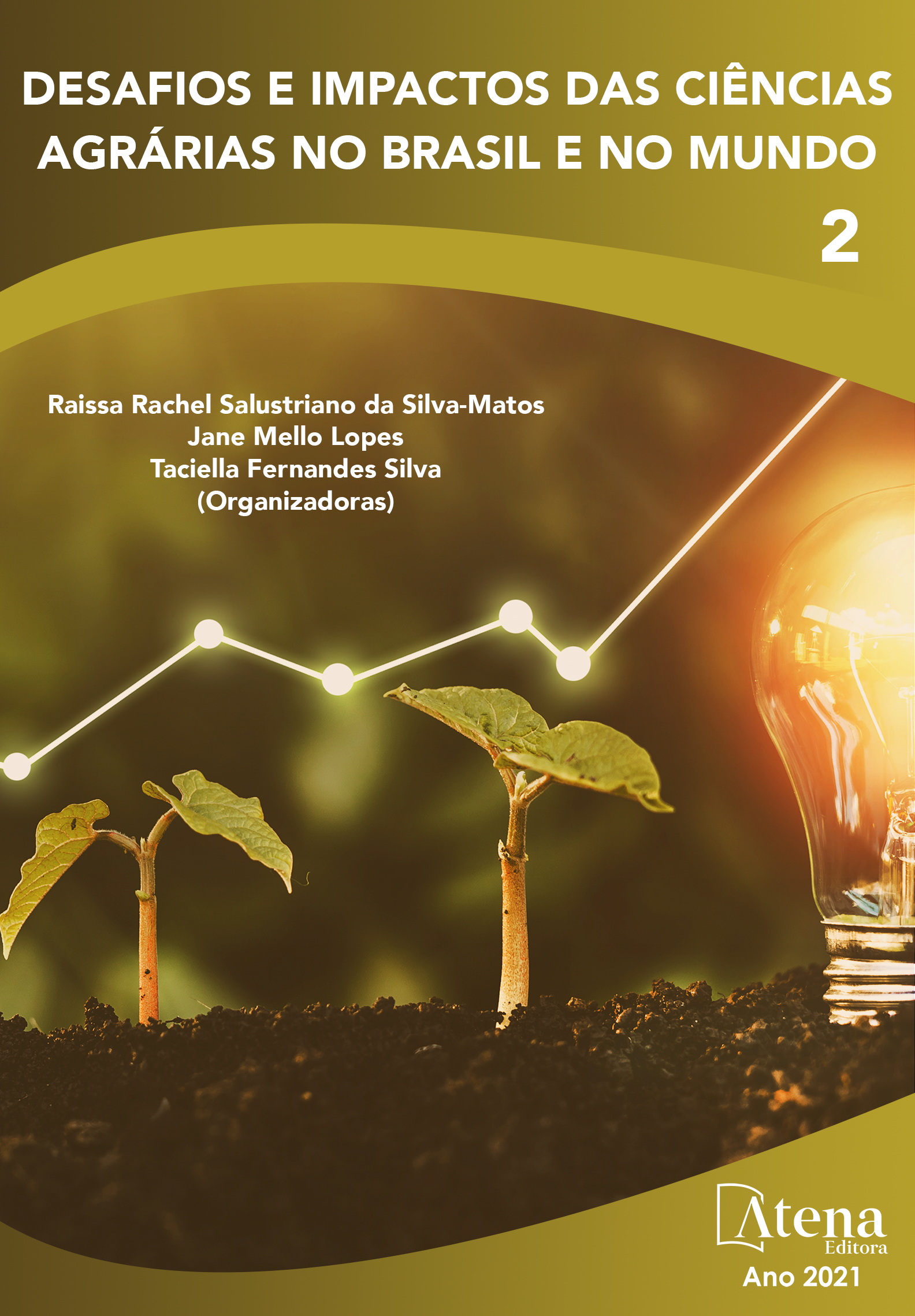
AVALIAÇÃO DA COR E FIRMEZA EM ABACAXIS MINIMAMENTE PROCESSADOS REVESTIDOS COM QUITOSANA
O objetivo desse estudo foi avaliar a cor e firmeza do abacaxi (Smooth cayenne) minimamente processado com coberturas comestíveis a base de quitosana e óleo essencial de canela (OEC). Inicialmente os abacaxis foram higienizados em água clorada (0,2 g.L-1) sendo descascados e cortados em pedaços de 2,0 cm, sendo os pedaços totalmente submersos na cobertura durante 5 minutos e drenados. Foram armazenados em embalagem PET (Polietileno Tereftalto), com tampa por um período de 15 dias a 5±1 °C. Obteve-se 5 tratamentos: (T1) controle (sem revestimento); (T2) 1% quitosana e 0,5% OEC; (T3) 1% quitosana e 1% OEC; (T4) 2% quitosana e 0,5% OEC e (T5) 2% quitosana e 1% OEC. As medidas de cor foram realizadas utilizando o colorímetro com o sistema CIE L*a*b* e para a firmeza utilizou-se o texturômetro. Na luminosidade (L*) todos os tratamentos apresentaram aumento nos últimos dias, com exceção do (T1) que obteve decréscimo nesse parâmetro. O (T4) apresentou menor perda de luminosidade e o (T1) a menor diminuição da luminosidade. Porém no decorrer dos 15 dias todos os tratamentos tiveram decréscimo no valor de (L*). O tratamento T1 apresentou o valor de (L*) de 67,77 no início para 53,15 no final do experimento. O Chroma a* aumentou nos últimos dias de avaliação em relação ao primeiro dia de análise e os valores de b* diminuíram também para todos os tratamentos. Para a amostra controle observou-se um aumento significativo da firmeza de 70,51%. Em relação a L* o melhor tratamento foi o T4 que apresentou menor diminuição de L*, já no aspecto firmeza todos os tratamentos com revestimento apresentaram valores menores quando comparados com a amostra controle.
AVALIAÇÃO DA COR E FIRMEZA EM ABACAXIS MINIMAMENTE PROCESSADOS REVESTIDOS COM QUITOSANA
-
DOI: 10.22533/at.ed.57921020610
-
Palavras-chave: abacaxi; vida-útil; revestimentos; óleo essencial
-
Keywords: pineapple; shelf life; coatings; essential oil
-
Abstract:
The aim of this study was to evaluate the color and texture of minimally processed pineapple (Smooth cayenne) with edible coatings based on chitosan and cinnamon essential oil (OEC). Initially, the pineapples were sanitized in chlorinated water (0.2 g.L-1), peeled and cut into 2 cm pieces, the pieces being completely submerged in the cover for 5 minutes and drained. They were stored in PET (Polyethylene Terephthalate) packaging, with a lid for a period of 15 days at 5±1 °C. Five treatments were obtained: (T1) control (without coating); (T2) 1% chitosan and 0.5% OEC; (T3) 1% chitosan and 1% OEC; (T4) 2% chitosan and 0.5% OEC and (T5) 2% chitosan and 1% OEC. Color measurements were performed using the colorimeter with the CIE L* a* b* system and the texturometer was used for firmness. In luminosity (L*), all treatments showed an increase in the last days, with the exception of (T1), which had a decrease in this parameter. The (T4) showed less loss of luminosity and the (T1) the lower decrease in luminosity. However, during the 15 days all treatments had a decrease in the value of (L*). The T1 treatment showed a value of (L*) from 67.77 at the beginning to 53.15 at the end of the experiment. Chroma a* increased in the last days of evaluation compared to the first day of analysis and the b* values also decreased for all treatments. For the control sample, there was a significant increase in firmness of 70.51%. Regarding L*, the best treatment was T4, which presented the lowest decrease in L*, whereas in the firmness aspect, all treatments with coating showed lower values when compared to the control sample.
-
Número de páginas: 13
- Sandriane Pizato
- Rafaela Rodrigues Basaglia
- Raquel Costa Chevalier
- Maiara Mantovani Maciel de Almeida
- Rosalinda Arevalo Pinedo
- William Renzo Cortez-Vega


